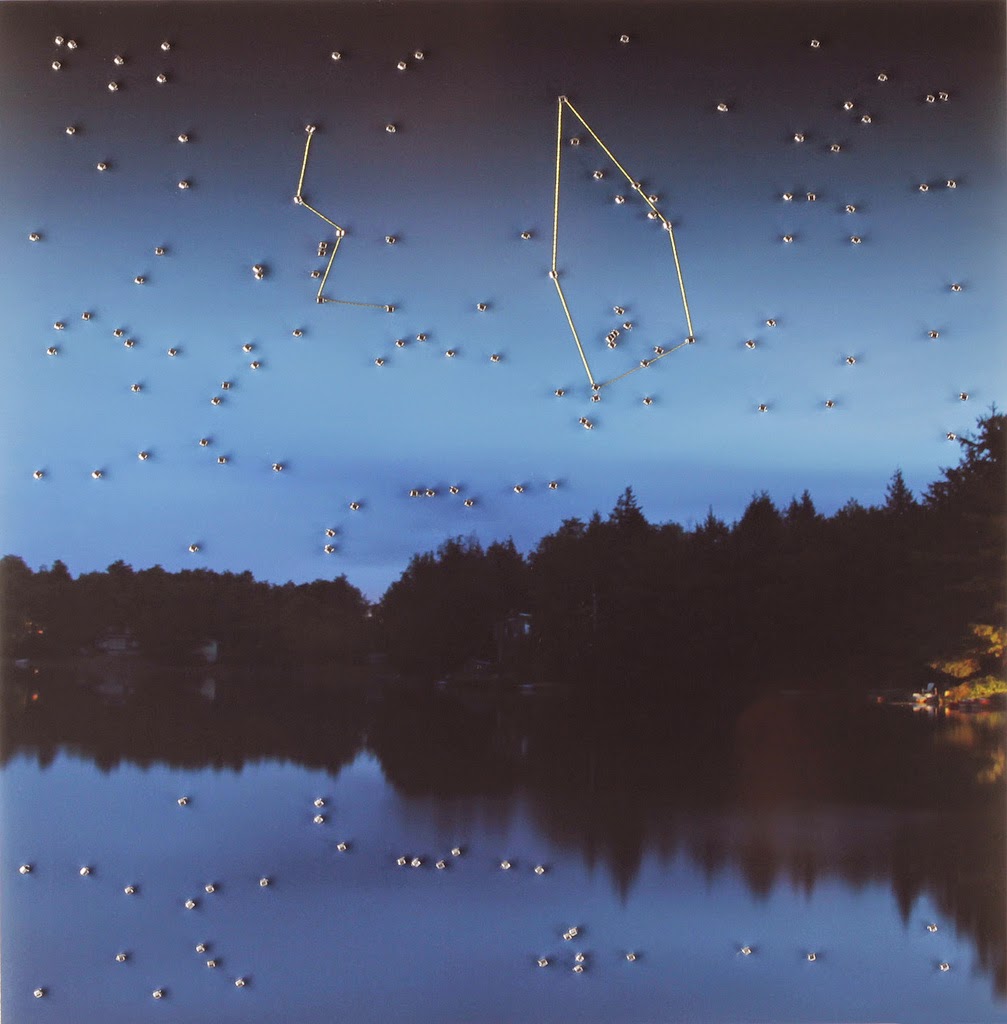
“Berkeley is less than the sum of its parts.”
This quote, from the esteemed professor Richard Norgaard, is what I remember most from my first day at the Energy and Resources Group. He dropped this intellectual bombshell, and kept speaking as if the statement was trivial. However, I couldn’t shake its weight, and I knew how truthful it was while I progressed through graduate study.

As a scholar changing disciplines from aerospace engineering to international development, I realized the only way to gain experience was to get involved in the community on campus. I became acquainted as quickly as possible with researchers, coursework, and colleagues that showed me the professional opportunities. But, it still wasn’t enough. Where could I find my own personal niche in international development on this campus?
We realized our beloved campus is filled with star researchers and practitioners; we then realized a worthy cause for the Idea Team was, in a sense, to chart the constellations.
Serendipitously, an email from the Development Impact Lab (DIL), asked for passionate graduate students charged with “helping to shape both DIL’s student engagement work and the larger campus dialogue on science and technology for global good.” For one who needed exposure and experience, this was the perfect opportunity.
As the inaugural class of ‘Idea Team’sters, we basically had free reign to develop any ideas to help the DIL community we desired. With power, however, comes paralysis; if we could chart any path, where should we head? What are the biggest issues the extremely diverse international development community has on our campus? And, what exactly can a group of interdisciplinary graduate students, with little time and intersecting interests, offer such a community?
In a way, this is where I channeled the sage wisdom of our precious Dick Norgaard. As I repeated his quote to my colleagues, I realized one interpretation; the disciplinary silos of the Berkeley community are exceptional, but the connections are ad-hoc and unsustainable. We realized our beloved campus is filled with star researchers and practitioners; we then realized a worthy cause for the Idea Team was, in a sense, to chart the constellations.
And, chart we have tried.
The Idea Team has presented some novel events (at least, we think so) to intrigue the development community, including the first DIL Open House, the two DIL Innovation Crawls, and the recently completed Fail Faire at Berkeley. It’s been difficult to bring people together, however. Even with twelve graduate students at its peak, the development community has been difficult to incentivize. This is why for all projects, passion at the beginning and follow-through at the end, are critical skills for success.
The great thing about the Idea Team is the quick turnover; with new ‘Teamsters’ come new ideas. We always welcome new ideas, directions, or even Berkeley-centric problems. What do you think DIL should work on? Respond here!
Regardless of the direction of the future team, it’s been a pleasure helping to chart the path for two years. Hopefully, with time, the efforts of the Idea Team can bring us together – and maybe, direct us towards our collective goal, of positively impacting the global poor.
To learn more about DIL, watch the video below.